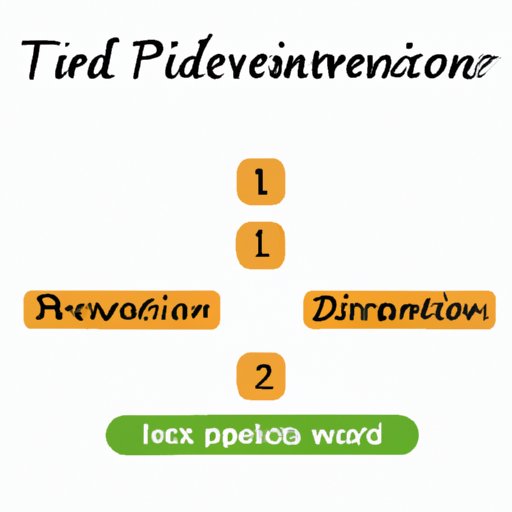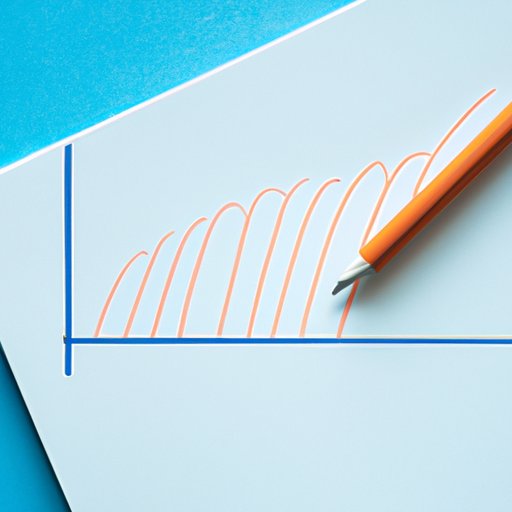I. Introduction
Personal development areas refer to the traits, skills, and abilities that we strive to improve in order to achieve our goals and live a fulfilling life. Examples of personal development areas include communication, time-management, leadership, and creativity. In this article, we’ll explore the importance of personal development areas, how to identify them, and strategies for improving them.
II. The Importance of Understanding Your Personal Development Areas
Knowing your personal strengths and weaknesses is an essential aspect of personal growth and development. By identifying areas for improvement, you can develop a plan to reach your full potential and achieve your goals. Additionally, understanding your personal development areas can improve your overall quality of life by enhancing your interpersonal relationships, boosting your confidence, and increasing your overall well-being. Ultimately, taking responsibility for identifying and improving your personal development areas is the key to success.
III. Discovering Your Strengths and Weaknesses for Personal Growth
Self-awareness is a critical component of personal development. To identify your personal development areas, you must first recognize your strengths and weaknesses. Different techniques can be used to identify these areas, such as journaling, personality assessments, and feedback from others. Understanding the impact that your strengths and weaknesses have on your daily life is crucial to achieve your personal and professional growth.

IV. Simple Steps to Identify Your Personal Development Areas
Identifying personal development areas is a process that requires self-reflection and evaluation. Some helpful tips include identifying areas in which you struggle, reviewing your past successes and failures, and asking for feedback from trusted friends or colleagues. Self-reflection and evaluation can also include taking a break from your routine, meditation, or participating in personal growth courses to identify your areas of improvement better.
V. How to Prioritize Personal Development Areas for Maximum Impact
Prioritizing your personal development goals is crucial to creating a realistic growth plan. Setting achievable, measurable, and meaningful goals is a significant step to achieve your development needs. Identifying both immediate and long-term goals can help you prioritize and create a plan that is tailored to your unique situation. Balancing your short-term and long-term goals to create achievable milestones is another effective way of gaining momentum and staying motivated.
VI. Common Personal Development Areas and How to Improve Them
A common personal development area is communication. Improving your communication skills can enhance your relationships with coworkers, friends, and family members, which reinforces trust, builds connections, and leads to improved motivation. Time-management skills can also be developed that will help you stay organized and accomplish your goals quickly. Leadership qualities involve inspiring others to work to their full potential and recognizing how you can help people develop and reach their goals. Strategies to improve these areas include workshops, discussions, and feedback from trusted sources. Importantly, monitoring progress with patience and self-love and acknowledging success is essential.
VII. Creating a Personal Development Plan: Focusing on Your Unique Areas of Improvement
A personalized approach to personal development can help you to create a plan that is specifically tailored to your unique areas of improvement. A personal development plan should outline your goals, define your strategies, and take into account your unique needs. A well-crafted plan is vital for providing direction and tracking your progress. Some tips for sticking to your personal development plan include holding yourself accountable, engaging in regular self-reflection, tracking progress, and regularly updating your plan with achievable goals.
VIII. Breaking Through Plateaus: Strategies for Overcoming Personal Development Obstacles
Everyone encounters obstacles during their personal development journey. Common obstacles include being too hard on oneself, lacking motivation, or not having a plan. To overcome these obstacles, you can try to reframe negative thinking patterns, find motivation through professional development courses, and adjust your plan to better fit your needs. Practicing self-love and self-care is vital during this process.
IX. Conclusion
In conclusion, understanding your personal development areas, identifying your strengths and weaknesses, and creating a personalized plan are essential to achieve your goals and reach your full potential. Prioritizing personal development goals, monitoring progress, celebrating achievements, and taking actionable steps to overcome obstacles are also key to the personal development journey. While the journey may not be easy, with patience, motivation, and self-awareness, personal growth and development can lead to increased motivation, productivity, and well-being.
(Note: Is this article not meeting your expectations? Do you have knowledge or insights to share? Unlock new opportunities and expand your reach by joining our authors team. Click Registration to join us and share your expertise with our readers.)
